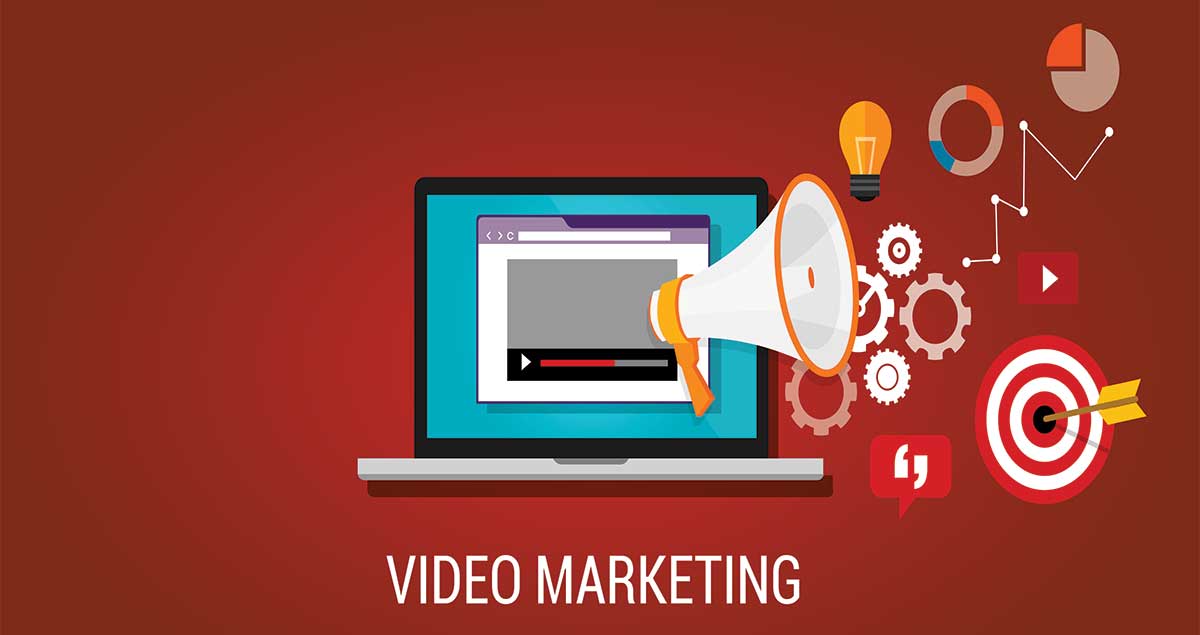We’re using video on our websites and on social media more and more and more. It’s been previously reported that by 2019, 80% of the worlds internet traffic will be video.
I recently went on a course to enhance my video making skills, thank you to Eye Film in Norwich for the excellent instruction by the way.
Anyway, about closed captions or subtitles. If you are adding your videos to YouTube you shouldn’t be relying on Googles transcript of your video. It’s going to be inaccurate. Google freely acknowledges that. So what do you do? Well you simply add your own. It’s fairly easy to do. There are online tools to help you do this or you simply write what been spoken in the video and add to your video as a transcript. Not the description by the way.
When you have closed captions or your YouTube videos they get marked with “CC” This is especially useful for people with a hearing impediment or just for people who don’t have the sound switched on. I don’t have the statistics to hand but an awful lot of people watch video without the sound.
So, Google will index your transcript as well so your video is likely to be found for more search terms. Unless you use self-hosted video on your website, the SEO value isn’t there but people will be seeing your video and surely that’s what counts. Your YouTube channel should have links back to your website anyway.
You can also add transcripts add translations in other languages and thereby giving additional value to the user experience.
Plenty of reasons then to add subtitles to your video content. If you’d like to see my latest video complete with closed captions, please visit my YouTube channel.
Would you like help with creating closed captions for your videos? Or perhaps you’d like a short video created for your business?
In any event, please do not hesitate to contact me by phoning 01603 383477 or filling in my contact form. A no obligation coffee and a chat would be really good.

